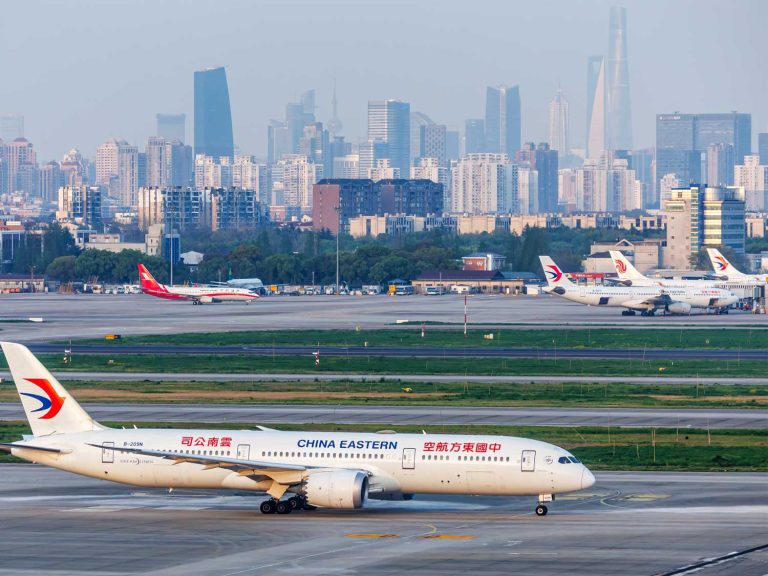
Date:
Asia Air and Ocean Rates Edge Higher — For Now
After months of volatility and gradual rate decline, airfreight rates on key Asia–Europe and trans-Pacific lanes are climbing as capacity tightens ahead of a softer-than-usual peak season, while ocean carriers are seeing container spot rates rebound for a second consecutive week thanks to blank sailings and new general rate increases (GRIs).
Although the recovery is uneven, the long-running rate slide has paused, with carriers regaining short-term leverage and shippers facing a more cautious pricing environment. For importers in the US and UK, the message is clear: after months of relative calm, both air and sea markets are entering a phase of firmer pricing, with time-sensitive shippers under growing pressure to book early or lock in space as Q4 unfolds.
Airfreight: Rates Rising Despite a Muted Peak
Airfreight from Asia to Europe and the US is once again trending upward. Average spot rates from key Chinese gateways to Europe rose by more than 13% over the past two weeks, as exporters and forwarders competed for available space.
Despite the uptick, industry forecasts point to a “peak-less” Q4, with no major surge. For now, rates are rising gradually rather than sharply, with seasonal demand keeping the market balanced rather than overheated.
Time-sensitive shipments should be booked early to secure space and mitigate cost spikes. Those with flexible lead times can expect modestly higher pricing but less risk of severe congestion compared with previous years.
Ocean Freight: Carriers Regain Leverage as Rates Rebound
On the ocean side, spot container rates from Asia to Europe and North America have recorded their second consecutive weekly increase, driven by a wave of blanked sailings and mid-month GRIs. Analysts have tracked 93 cancelled voyages in October, as carriers pulled capacity to halt a 17-week rate slide earlier in the year.
The moves seem to have succeeded in stabilising pricing and restoring some balance to supply and demand. However, with the 2026 contract season approaching, shippers should expect more assertive carrier tactics, including the use of temporary GRIs and peak season surcharges to strengthen negotiating positions ahead of annual rate renewals.
Short-Term Outlook: A Firmer but Fragmented Market
- Book early, particularly for premium cargo. Both air and sea carriers are tightening availability, and last-minute bookings may face higher costs or restricted options.
- Expect rate volatility rather than steep increases. Demand is improving but not spiking, suggesting moderate and temporary rate rises through year-end.
- Contract carefully. US and UK importers negotiating 2026 contracts should balance the current uptick in rates against the likelihood of stabilisation by Q1 next year.
- Monitor capacity and scheduling. Blanked sailings, port disruptions and reduced belly capacity will remain the key short-term risk factors.
Metro’s market specialists continuously monitor rate movements, carrier capacity and contract trends across Asia–Europe and trans-Pacific trade lanes.
If you’re reviewing 2026 contracts, weighing modal choices or facing urgent uplift challenges, our team can help you secure competitive pricing and reliable space.
EMAIL Andrew Smith, Managing Director to discuss short-term options and long-term strategies for your Asia supply chain
